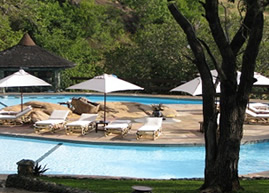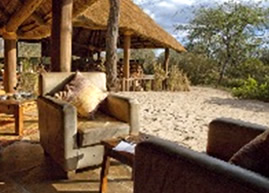Tarangire National Park
The fierce sun sucks the moisture from the landscape, baking the earth a dusty red, the withered grass as brittle as straw. The Tarangire River has shrivelled to a shadow of its wet season self. But it is choked with wildlife. Thirsty nomads have wandered hundreds of parched kilometres knowing that here, always, there is water.
Herds of up to 300 elephants scratch the dry river bed for underground streams, while migratory wildebeest, zebra, buffalo, impala, gazelle, hartebeest and eland crowd the shrinking lagoons. It’s the greatest concentration of wildlife outside the Serengeti ecosystem – a smorgasbord for predators – and the one place in Tanzania where dry-country antelope such as the stately fringe-eared oryx and peculiar long-necked gerenuk are regularly observed.
During the rainy season, the seasonal visitors scatter over a 20,000 sq km (12,500 sq miles) range until they exhaust the green plains and the river calls once more. But Tarangire’s mobs of elephant are easily encountered, wet or dry.
The swamps, tinged green year round, are the focus for 550 bird varieties, the most breeding species in one habitat anywhere in the world.
Tarangire’s pythons climb trees, as do its lions and leopards, lounging in the branches where the fruit of the sausage tree disguises the twitch of a tail
Accomodation
 Tarangire Sopa Lodge
Tarangire Sopa Lodge
Located inside the park. You can take the chance to use the last sunlight in the park before you come to the lodge.
 Oliver’s Camp
Oliver’s Camp
Located in the South of Tarangire. Those who seek privacy and no disturbance are here in the right spot.
 Tarangire Tree Tops
Tarangire Tree Tops
Located outside the park. In front of the restaurant you can watch a waterhole, where elephants and zebras come for water. The tents are built high into the baobab trees, from where you can have a great view into Tarangire Park.


